Cancer doesn’t wait.
One day your dog’s chasing squirrels, the next there’s a lump you can’t ignore.
This isn’t about panic—it’s about power.
The power to notice small changes before they become big problems.
Dogs can’t tell you when something’s wrong.
They wag through pain, they play through fatigue.
That’s why it’s on us to spot the signals they can’t say out loud.
So if you’ve noticed something odd—a bump, a cough that won’t quit, a sudden change in appetite—don’t brush it off.
Because when it comes to cancer, early action can save lives.
Here are the warning signs to watch for—and why your next call might need to be to the vet.
Unusual Lumps or Bumps
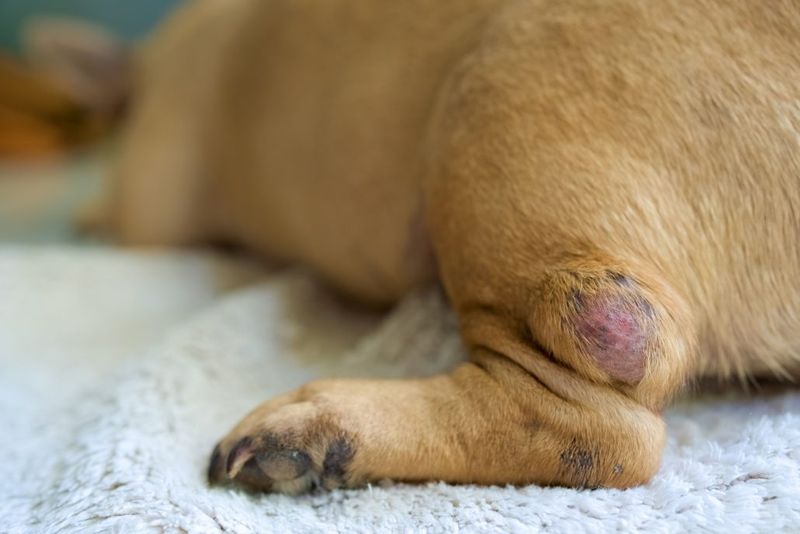
Have you ever noticed a new lump on your dog’s body? Unusual lumps or bumps that persist or grow could be a sign of cancer. Regularly checking your dog for these changes can make a big difference. Remember, not all bumps are cancerous, but it’s always better to be cautious.
Lumps can feel hard or soft, and their locations are varied. Sometimes, they might cause discomfort to your pet. If you discover something unusual, it’s time to call the vet. Early diagnosis is key to successful treatment.
Persistent Sores

When Fido’s fur is covering persistent sores, it might be more than just a minor irritation. These sores, especially if they don’t heal, can be indicators of a serious underlying health issue like cancer. It’s vital to keep an eye on any wounds.
Sores may cause your dog to lick the area repeatedly, leading to further complications. If you notice that a sore is not healing despite your care, consult your vet immediately. Timely intervention can prevent further health problems.
Unexplained Weight Loss

Is your dog losing weight without a change in diet or exercise? Unexplained weight loss can be alarming and may be a sign of cancer or other health issues. It’s crucial to monitor your dog’s eating habits and physical changes.
Sudden weight loss could indicate that your dog is not absorbing nutrients properly. This symptom alone is worth a veterinary visit. By seeking professional advice, you can help maintain your pet’s health and well-being.
Loss of Appetite

When your dog turns its nose up at food, it might be signaling a problem. A sudden loss of appetite can suggest health concerns, including cancer. Changes in eating habits are often one of the first signs that something’s amiss.
It’s essential to observe if the loss of appetite persists over a few days. Don’t delay a visit to the vet, as early detection can lead to better treatment outcomes. Your pet’s well-being depends on your vigilance.
Difficulty Eating or Swallowing
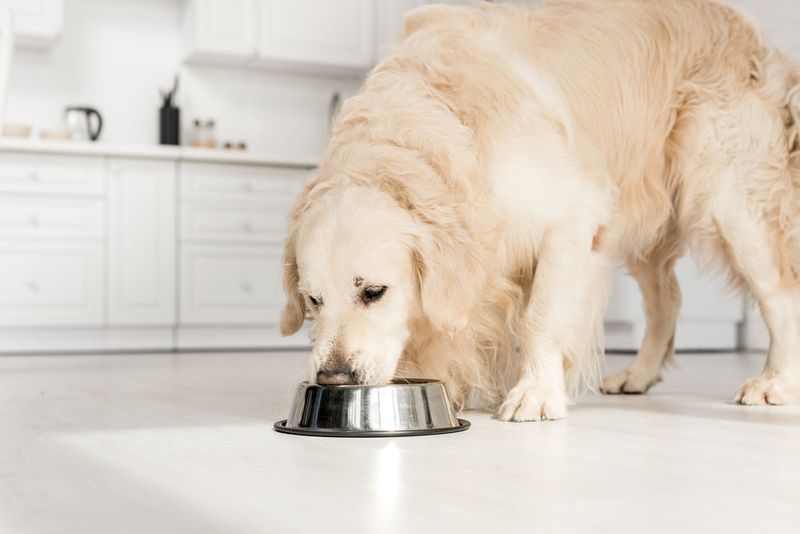
Has mealtime become a challenge for your pet? Difficulty eating or swallowing can be an early indication of cancer in dogs. This symptom can lead to weight loss and malnutrition if not addressed promptly.
Observe whether your dog is hesitant to eat or seems uncomfortable while chewing. This could be due to oral tumors or other related issues. Consulting a vet can help determine the cause and guide you towards the best course of action.
Bleeding or Discharge from Body Openings
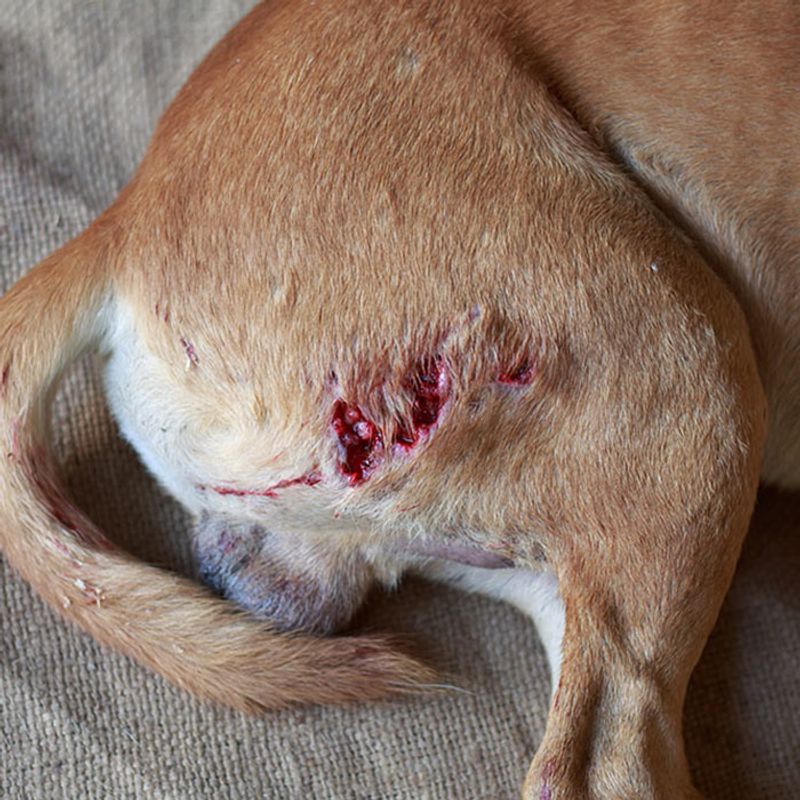
Spotting blood or unusual discharge from your dog’s body can be shocking. Whether it’s from the nose, mouth, or any other opening, this symptom should not be ignored. It may be a sign of cancer or another severe condition.
Your dog could be showing signs of internal issues, needing immediate veterinary attention. Early diagnosis is crucial for effective treatment, so contact your vet as soon as you notice this symptom.
Difficulty Breathing
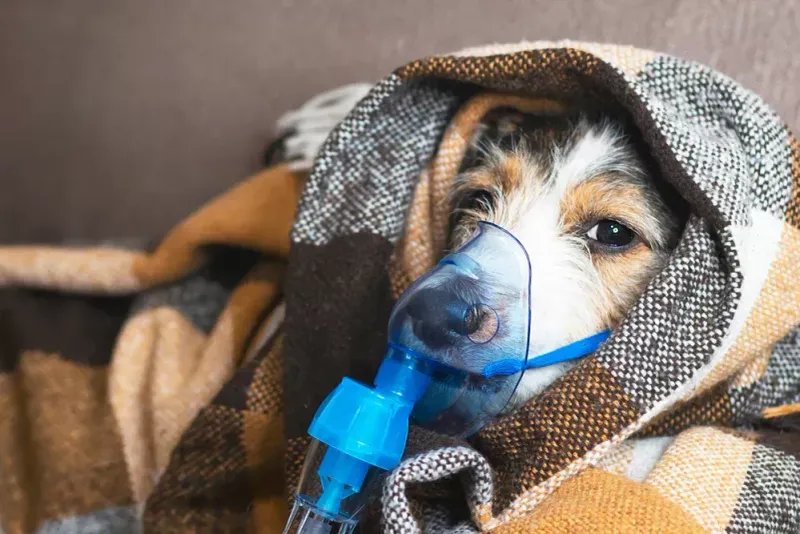
When your dog’s usual panting turns into labored breathing, it’s time to pay attention. Difficulty in breathing can be a sign of cancer affecting the respiratory system. Your pet might appear more fatigued or reluctant to exercise.
Observe your dog’s breathing patterns closely. If they seem distressed or if breathing appears painful, consult your veterinarian immediately. Prompt action can lead to better management of the condition.
Lethargy or Loss of Stamina

Is your once-energetic dog now uninterested in playtime or walks? Lethargy or a noticeable loss of stamina can indicate underlying health issues, including cancer. Dogs might seem tired or less eager to engage in activities they once loved.
Monitor your dog’s activity levels and note any changes. If this behavior persists, it’s wise to seek a vet’s opinion. Professional insights can help restore your pet’s vitality.
Persistent Lameness or Stiffness
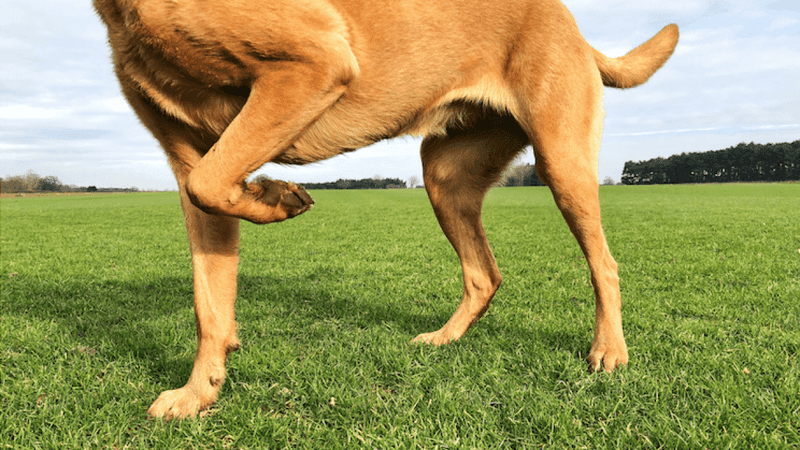
When your furry friend starts limping or showing stiffness, it might be more than just a playful injury. Persistent lameness can be a sign of cancer affecting the bones or joints. This symptom calls for a deeper investigation.
Pay attention to how your dog moves. If the lameness or stiffness doesn’t improve, visiting the veterinarian is essential. Early treatment can greatly improve quality of life.
Difficulty Urinating or Defecating
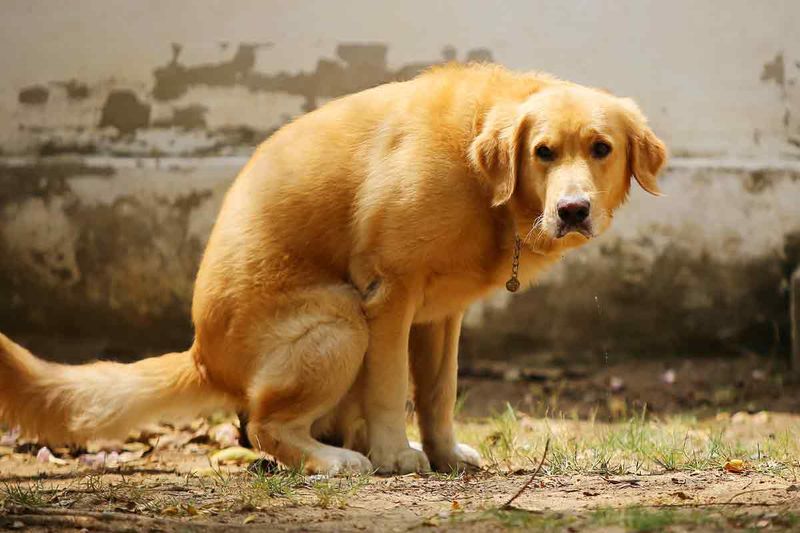
Struggling to urinate or defecate is a red flag for dogs. Difficulty in these areas can indicate cancer or other serious health problems. This issue can lead to discomfort and more severe complications if left untreated.
Watch for any signs of pain or distress during these activities. Timely intervention by a vet can help diagnose and treat the condition effectively, ensuring your pet’s comfort and health.

